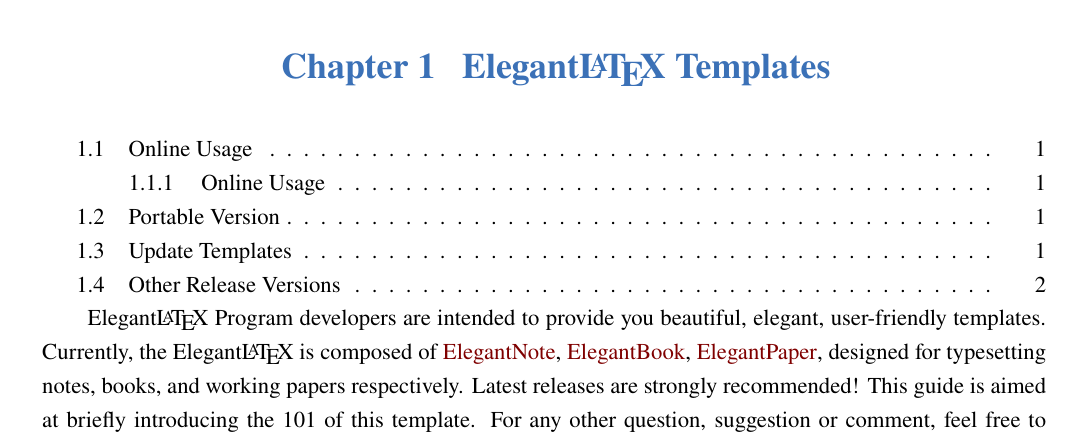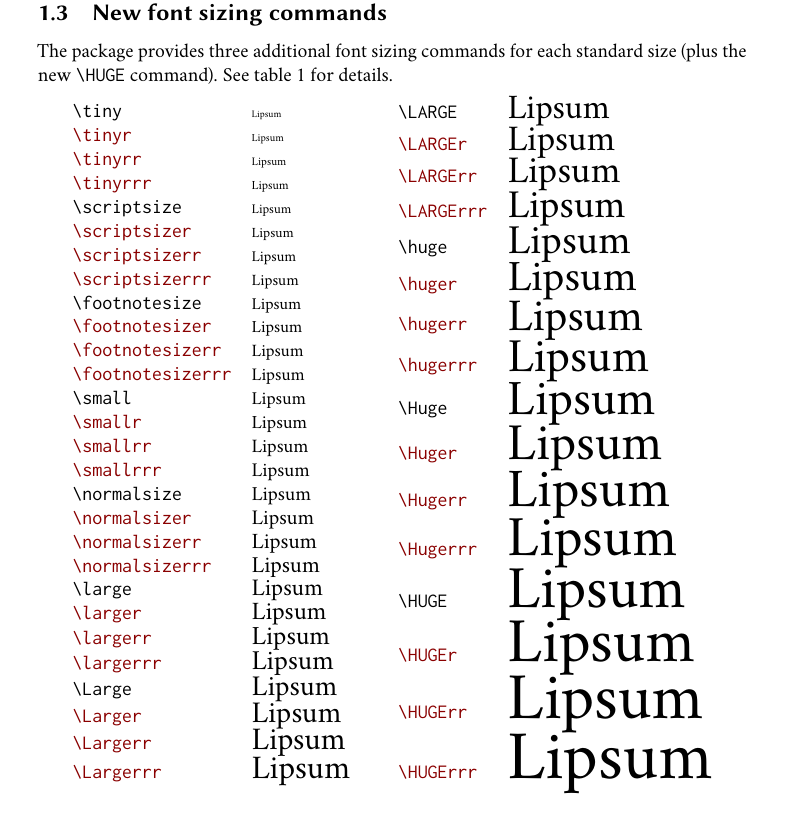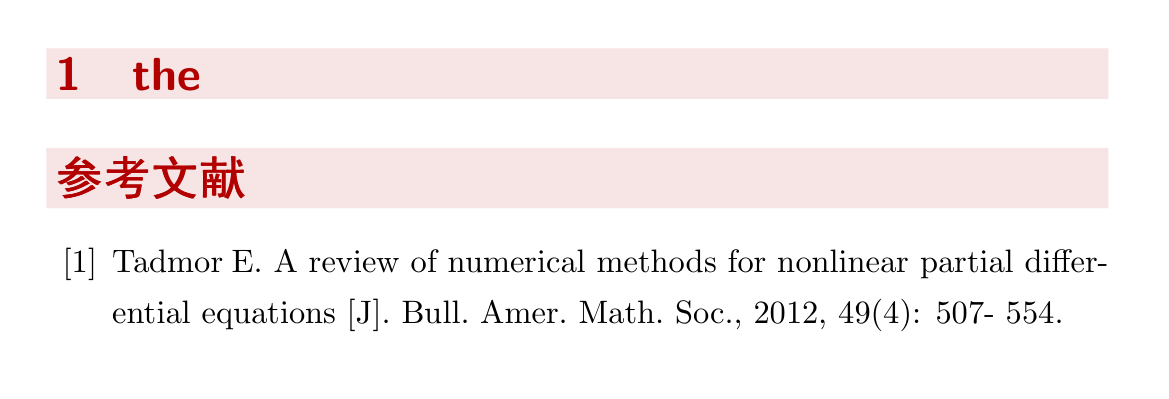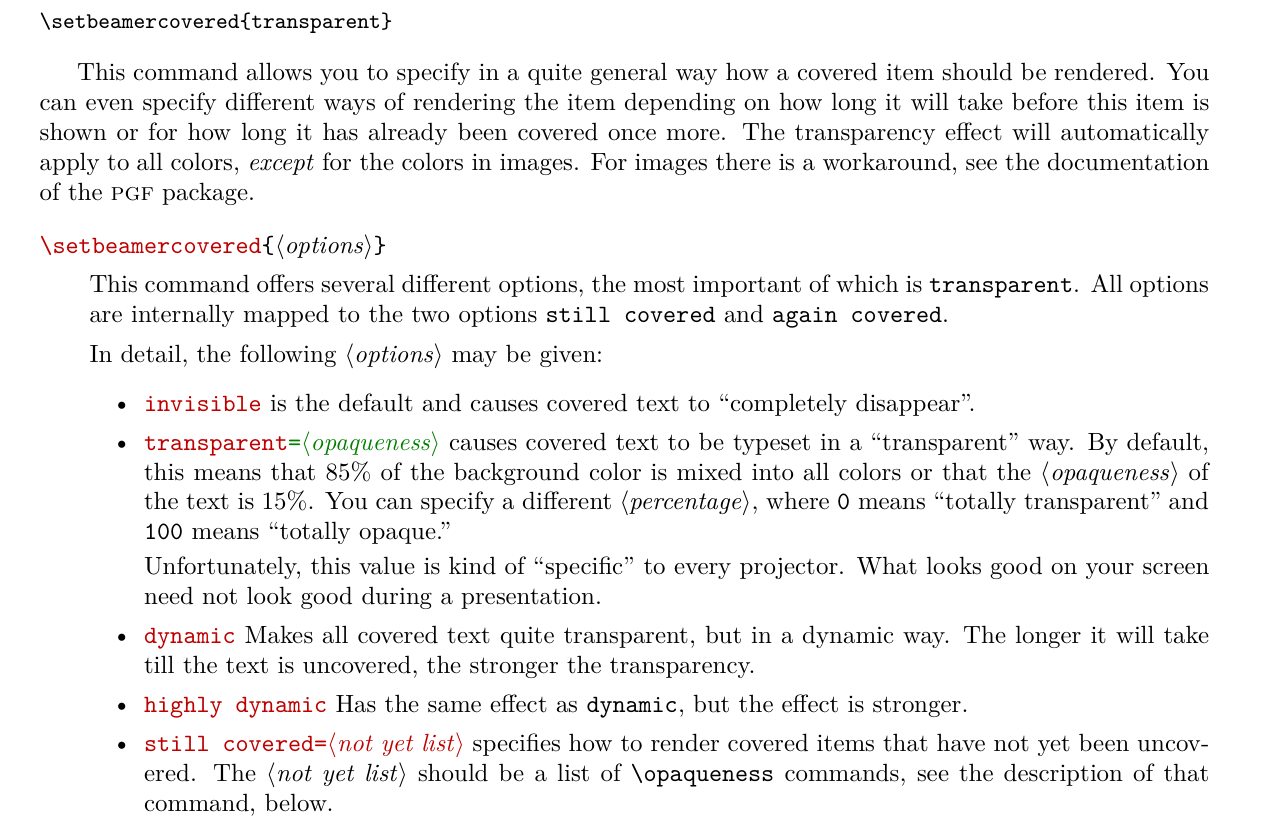把 [SizeFeatures={Size={10}}] 注释掉即可。
把 [SizeFeatures={Size={10}}] 注释掉即可。
我这里编译毫无问题:
应该可以用的,具体问题要看具体的异常。
你的原图是啥样的?没理解,如果都是 png pdf 图片,用 fbox 也没有问题了。
12pt 已经是最大字号了,有兴趣可以看看这个宏包 https://ctan.org/pkg/fontsize 有更多字体大小的选择。
没看懂是什么问题?
找到问题了。主要是没有卸载老版本,直接安装新版本,导致用户文件配置不一致。
请提供下代码看看。
哎,那是word做不出来对齐效果或者做格式的老师做不出对齐效果,你还朝回改。这不是买椟还珠嘛!
代码请复制出来,放在代码块里,这是尊重提供答案的用户。
\documentclass{article}
\usepackage{xcolor}
\usepackage{ctex}
\usepackage[explicit]{titlesec}
\titleformat{\section}
{\sffamily\Large\bfseries\color{red!70!black}}
{}
{0em}
{\colorbox{red!70!black!10}{\parbox{\dimexpr\textwidth-2\fboxsep\relax }{\textcolor{red!70!black}{\thesection\quad#1}}}}
\titleformat{name=\section, numberless}
{\sffamily\Large\bfseries\color{red!70!black}}
{}
{0em}
{\colorbox{red!70!black!10}{\parbox{\dimexpr\textwidth-2\fboxsep\relax }{\textcolor{red!70!black}{#1}}}}
\begin{document}
\section{the}
\begin{thebibliography}{99}
\bibitem{Tadmor2012} Tadmor~E. A review of numerical methods for nonlinear partial differential
equations \allowbreak[J]. Bull. Amer. Math. Soc., 2012, 49(4): 507- 554.
\end{thebibliography}
\end{document}
直接 \date{} 置空即可。如果想要减少距离,可以在里面加负距离的命令。
\date{\vspace*{-1cm}}看看这里:https://tex.stackexchange.com/questions/96418/beamer-pause-and-grey-not-in-order
可以用命令:\setbeamercovered{invisible} 在 beamer 文档的 17.6 sec 有描述:
页眉的设置自动加了 \rightmark 可以使用 markboth 置空。
\titleformat{\part}
{\normalfont\huge\filcenter}
{}
{20pt}
{\markboth{}{}\begin{tikzpicture}[remember picture,overlay]
\fill[outermarginbgcolor]
($(current page.north west)+(0,0)$) rectangle ($(current page.south east)+(0,0)$);%
\node[
rectangle,drop shadow={opacity=.3,color=black!40!white,shadow xshift=.05cm,shadow yshift=-.05cm},
fill=outermarginfgcolor!90,
text width=\paperwidth-2\outermarginwidth,
rounded corners=5pt,
text depth=15cm,
anchor=center,
inner sep=0pt] at (current page.north) (parttop)
{\thepart};%
\node[
anchor=south east,
inner sep=0pt,
outer sep=0pt] (partnum) at ([xshift=-20pt]parttop.south)
{\partnumfont\thepart};
\node[
anchor=south,
inner sep=0pt] (partname) at ([yshift=2pt]partnum.south)
{\partnamefont PART};
\node[%
anchor=north east,xshift=1.5\outermarginwidth,
align=left,font=\Huge\scshape\color{outermarginfgcolor},
inner xsep=0pt] at ([yshift=-0.5cm]partname.west|-partnum.south east)
{\parbox[][.5\paperheight][t]{.5\textwidth}{\raggedright#1}};%
\shade[%
rectangle,drop shadow={opacity=.3,color=black!40!white,shadow xshift=.05cm,shadow yshift=-.05cm},
top color=outermarginfgcolor!40,bottom color=outermarginbgcolor!20,
rounded corners=5pt,
] ($(current page.south west)+(\outermarginwidth,1.2\footheight)$) rectangle ($(current page.south east)+(-\outermarginwidth,.3\paperheight+1.2\footheight)$);%
\node[anchor=south,text=outermarginfgcolor,font=\large\sffamily\normalfont,] at ([yshift=1.25\footheight]current page.south) (partbottom) %
{\parbox[][.3\paperheight][c]{\paperwidth-2\outermarginwidth-.5\footheight}{\partpage}};%
\end{tikzpicture}%
}这样的情况 只能缩小文字,浮动体无法换页的。
举个例子,设置了 path 了,后面的就不需要再加了。例如
\setCJKmainfont[
Path = fonts/zh_CN-Adobe/,%设置字体的路径
Extension = .otf,%扩展名设置,省略扩展名
BoldFont=AdobeHeitiStd-Regular,
ItalicFont=AdobeKaitiStd-Regular,
SmallCapsFont=AdobeHeitiStd-Regular
]{AdobeSongStd-Light}代码选自:https://www.wolai.com/mSB9hEcof3XrNvX1RFUePV
提醒下,提交问题学会用 md 语法。便于阅读。
问 如何在默认字体为times new roman,字号为10pt时,更改参考文献引用上标的字体和字号